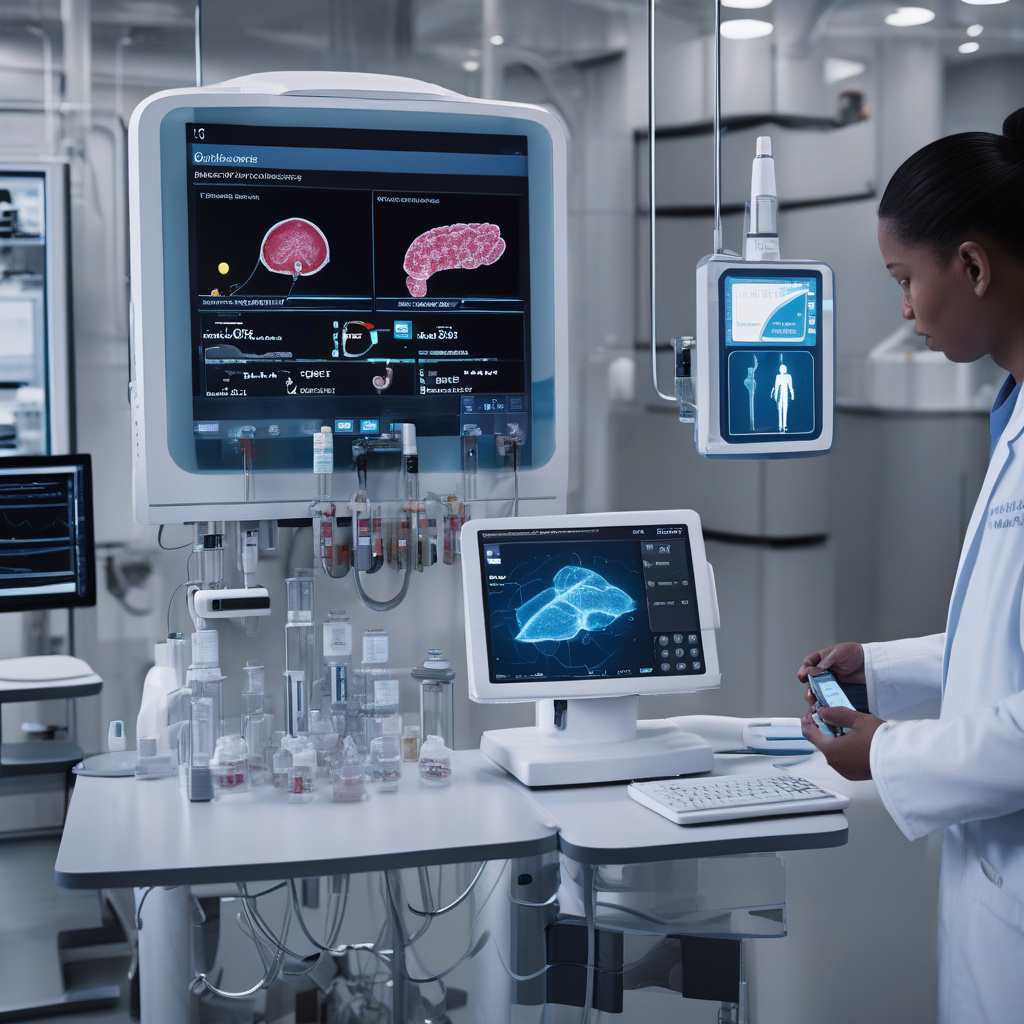Digital Twin Technology Powers Smarter Insulin Delivery in Artificial Pancreas Trials
Researchers in the US have designed an interactive artificial pancreas system that uses digital twin technology to revolutionize insulin delivery for patients with diabetes. The innovative approach combines real-time data collection, advanced algorithms, and personalized patient information to create a virtual replica of the individual’s pancreas. By leveraging this digital twin, healthcare professionals can optimize insulin dosing, predict blood glucose levels, and ultimately improve the management of diabetes.
The concept of digital twin technology, originally developed by NASA to monitor spacecraft during missions, has found a promising application in the healthcare industry. In the case of artificial pancreas trials, the digital twin acts as a dynamic model that mirrors the biological processes occurring in the patient’s body. By continuously receiving data from glucose monitors and insulin pumps, the digital twin can simulate different scenarios and recommend personalized treatment strategies in real time.
One of the key benefits of using digital twin technology in artificial pancreas trials is its ability to adapt to individual variations in metabolism, activity levels, and dietary habits. Unlike traditional insulin delivery systems that rely on static parameters, the digital twin continuously learns and adjusts its algorithms based on the patient’s responses. This dynamic approach not only enhances the accuracy of insulin dosing but also minimizes the risk of hypoglycemia or hyperglycemia, which are common challenges in diabetes management.
Moreover, the integration of artificial intelligence and machine learning algorithms further enhances the capabilities of the digital twin system. By analyzing large volumes of data and identifying patterns in glucose fluctuations, the system can provide predictive insights and preventive measures to help patients maintain stable blood sugar levels. This proactive approach not only reduces the burden on individuals with diabetes but also empowers healthcare providers to deliver more personalized and effective care.
In recent clinical trials, the use of digital twin technology in artificial pancreas systems has shown promising results in improving glycemic control and enhancing patient outcomes. By enabling continuous monitoring, automated adjustments, and data-driven insights, the digital twin empowers individuals with diabetes to better manage their condition and lead a healthier lifestyle. Furthermore, healthcare professionals benefit from a comprehensive tool that streamlines decision-making processes and optimizes treatment strategies for each patient.
As the field of digital twin technology continues to evolve, its potential applications in healthcare are vast and transformative. From chronic disease management to personalized medicine, the integration of digital twins in medical devices holds the promise of revolutionizing the way we approach healthcare delivery. By harnessing the power of real-time data, predictive analytics, and artificial intelligence, the future of medicine is poised to be more precise, proactive, and patient-centered than ever before.
In conclusion, the use of digital twin technology in artificial pancreas trials represents a significant advancement in diabetes care. By leveraging virtual replicas of the pancreas, healthcare professionals can fine-tune insulin delivery, predict glucose levels, and empower patients to take control of their health. With further research and implementation, digital twin technology has the potential to revolutionize the management of chronic conditions and pave the way for a more personalized and effective healthcare system.
digital twin technology, artificial pancreas trials, insulin delivery, healthcare innovation, diabetes management












